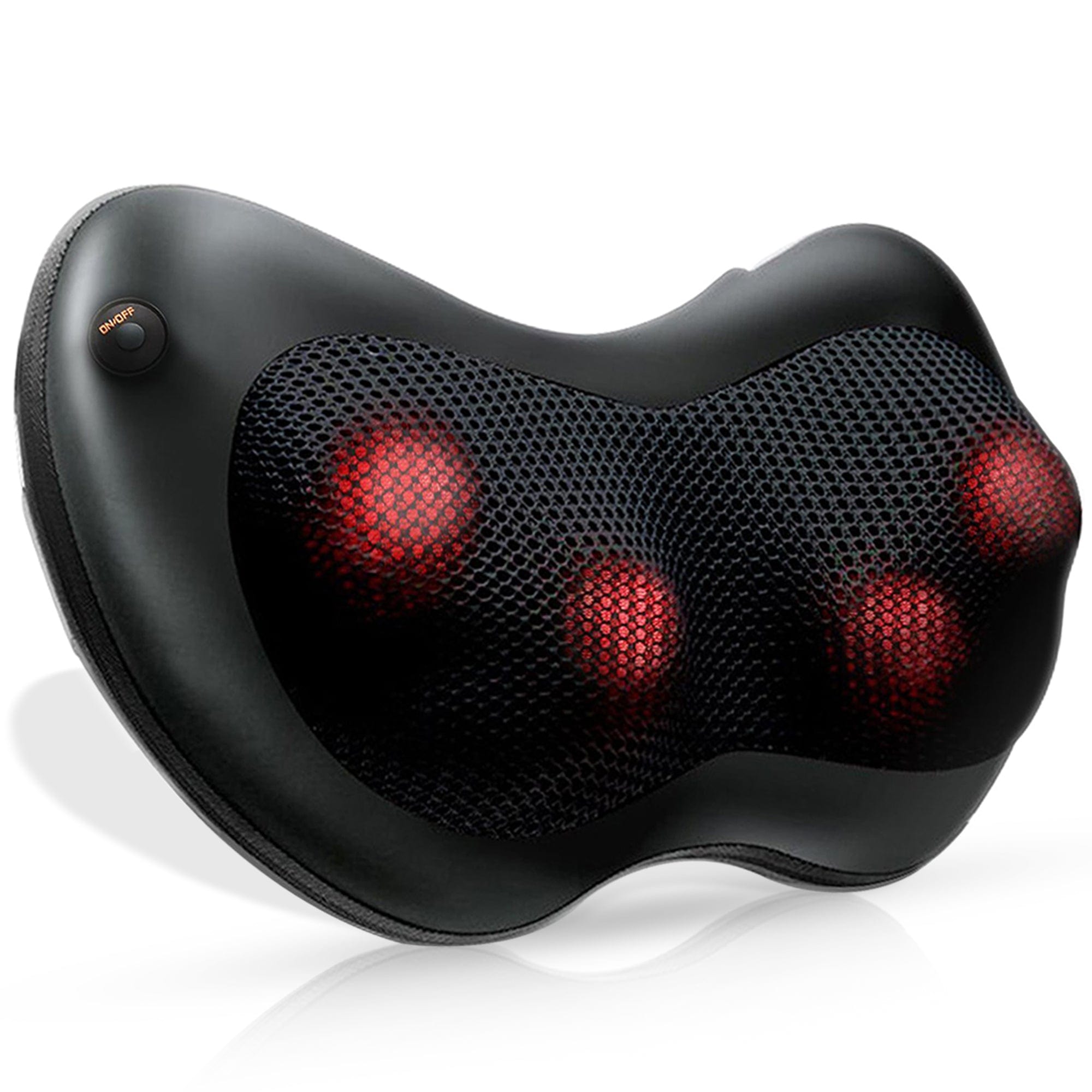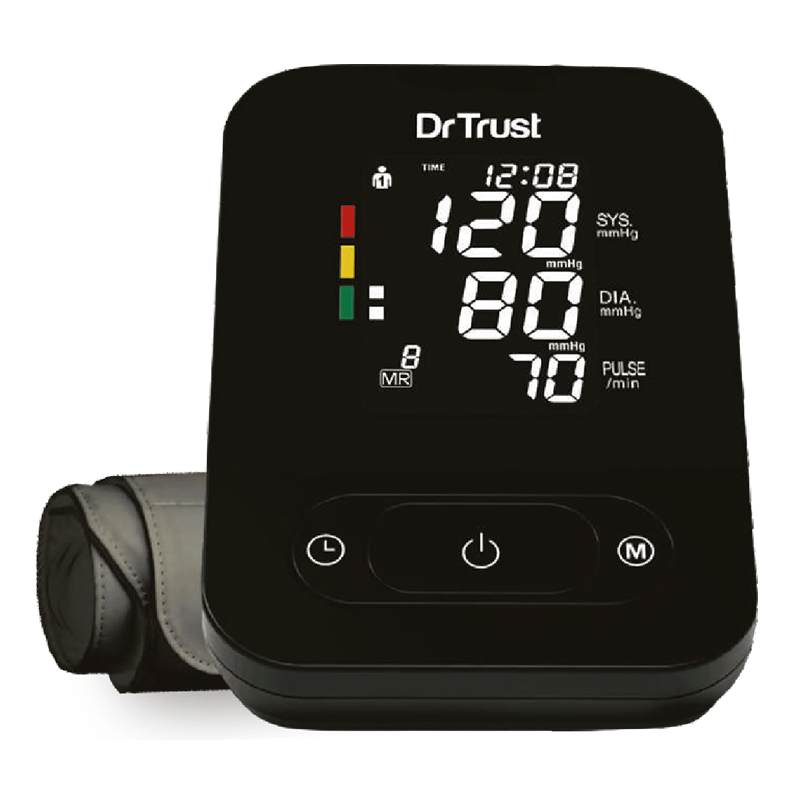In today’s fast-paced world, maintaining a healthy lifestyle can feel like a challenge. However, incorporating small, manageable habits into your routine can make a big difference. One such simple yet effective practice is walking after meals. This low-impact exercise, known as postprandial walking, offers numerous health benefits. Recent studies have shown that walking for just 15 minutes after eating can significantly enhance your overall well-being. Here’s a closer look at the seven key benefits of this practice and the right way to walk for maximum results.
Read: Walking Meditation for Daily Life: How Can It Improve Your Physical and Mental Wellness
The Top 7 Benefits of a 15-Minute Post-Meal
1. Improved Digestion
One of the most immediate benefits of walking after a meal is its positive impact on digestion. Walking stimulates the digestive tract, promoting peristalsis, the series of muscle contractions that move food through the digestive system.
How It Works:
- Increased Blood Flow: Walking increases blood flow to the stomach and intestines, aiding in the efficient breakdown of food.
- Enhanced Gastric Motility: Physical activity encourages the movement of food and waste through the digestive tract, reducing the risk of bloating, gas, and constipation.
- Acid Reflux Prevention: Walking helps prevent acid reflux and heartburn by encouraging the stomach to empty more quickly, reducing the chance of stomach acid rising into the esophagus.
🕵🏻♂️🎯Research Insight: According to a study published in The Journal of Clinical Gastroenterology, post-meal walking significantly improves gastric emptying and reduces symptoms of dyspepsia (indigestion).
2. Better Blood Sugar Control
Walking after meals can help regulate blood sugar levels, making it an effective strategy for managing diabetes or preventing its onset.
How It Works:
- Improved Insulin Sensitivity: Walking increases insulin sensitivity, helping your body use glucose more effectively.
- Lower Blood Sugar Levels: Postprandial walking helps lower blood sugar levels by enhancing glucose uptake in the muscles.
🕵🏻🎯Research Insight: A study published in Diabetes Care found that just 15 minutes of walking after meals was as effective as a 45-minute pre-meal walk in reducing blood sugar spikes.
3. Support for Cardiovascular Health
Regular walking contributes to cardiovascular health by improving circulation and reducing heart disease risk.
How It Works:
- Increased Heart Rate: Walking increases your heart rate, which strengthens the heart and improves cardiovascular fitness.
- Reduced Blood Pressure: Consistent walking helps lower blood pressure levels, reducing the risk of hypertension.
🕵🏻🎯Research Insight: According to the American Heart Association, moderate physical activity like walking can reduce the risk of cardiovascular disease by up to 30%.
4. Weight Management
Post-meal walking aids in weight management by burning calories and promoting a healthy metabolism.
How It Works:
- Calorie Burn: Walking helps burn off some of the calories consumed during the meal, contributing to weight maintenance.
- Metabolic Boost: It stimulates your metabolism, aiding in better fat and calorie processing.
🕵🏻🎯Research Insight: A study in the Journal of Applied Physiology revealed that walking after meals can increase daily energy expenditure, contributing to weight management.
5. Enhanced Mental Well-Being
Walking after meals is not only good for physical health but also beneficial for mental well-being.
How It Works:
- Stress Reduction: Physical activity like walking releases endorphins, which help reduce stress and anxiety.
- Improved Mood: Regular walking can enhance mood and reduce symptoms of depression.
🕵🏻🎯Research Insight: Research in The Lancet Psychiatry shows that even short bouts of walking can significantly improve mood and reduce stress levels.
6. Better Sleep Quality
Walking after meals can positively affect sleep quality by promoting relaxation and aiding digestion.
How It Works:
- Relaxation: Light exercise after eating helps relax the body, making it easier to fall asleep.
- Improved Digestion: Enhanced digestion reduces discomfort that might interfere with sleep.
🕵🏻🎯Research Insight: According to the Sleep Medicine Reviews, regular physical activity improves sleep quality and can help reduce insomnia symptoms.
7. Boosted Energy Levels
Walking after meals can help prevent the post-meal slump and keep your energy levels steady throughout the day.
How It Works:
- Increased Alertness: Physical activity stimulates the circulation of blood and oxygen to the brain, increasing alertness.
- Reduced Fatigue: Walking helps combat the fatigue that often follows a heavy meal.
🕵🏻🎯Research Insight: The Journal of Physical Activity and Health found that light post-meal exercise can help counteract the drop in energy levels after eating.
How to Walk After Meals for Maximum Benefits
✔️. Start Slowly: Begin with a gentle pace and gradually increase your speed as you become more comfortable.
✔️. Maintain Good Posture: Keep your back straight, shoulders relaxed, and head up to ensure proper alignment and prevent strain.
✔️. Walk on a Flat Surface: Choose a flat, safe surface to avoid unnecessary strain on your joints.
✔️. Wear Comfortable Shoes: Ensure you’re wearing supportive and comfortable footwear to prevent discomfort and injury.
✔️. Stay Hydrated: Drink water before and after your walk to stay hydrated and aid digestion.
FAQs
Q.1. How long should I walk after a meal?
Ans. Aim for at least 15 minutes of walking after a meal to reap the maximum benefits. This duration is effective in aiding digestion and regulating blood sugar levels.
Q.2. Can I walk too soon after eating?
Ans. It’s generally best to wait about 15-30 minutes after eating before starting your walk. This allows your body to begin digestion and reduces the risk of discomfort.
Q.3. What if I can’t walk after every meal?
Ans. Even if you can’t walk after every meal, incorporating post-meal walking a few times a week can still provide significant health benefits.
q.4. Can walking after meals help with weight loss?
Ans. Yes, walking after meals can aid in weight management by increasing calorie burn and boosting metabolism. Combined with a healthy diet, it can support weight loss goals.
Walking for just 15 minutes after meals can have profound effects on your overall health. From improving digestion and controlling blood sugar levels to supporting cardiovascular health and enhancing mental well-being, the benefits of this simple practice are backed by scientific research. By incorporating this habit into your daily routine and following the recommended walking techniques, you can significantly enhance your health and well-being.
Reference: Just 2 Minutes of Walking after a Meal Is Surprisingly Good for You
🏥Smart Tip: Start monitoring your health from the day you begin walking. Use devices like a weighing scale to track your weight, a blood pressure monitor for BP levels, a glucometer for sugar levels, and the Healthpal 2 Fitness Tracker to monitor heart rate, sleep quality, and more. Benefits of walking daily, 7 benefits of post meal walking, Walking benefits for male, Walking benefits for weight loss, Benefit of walking 15 min a day















